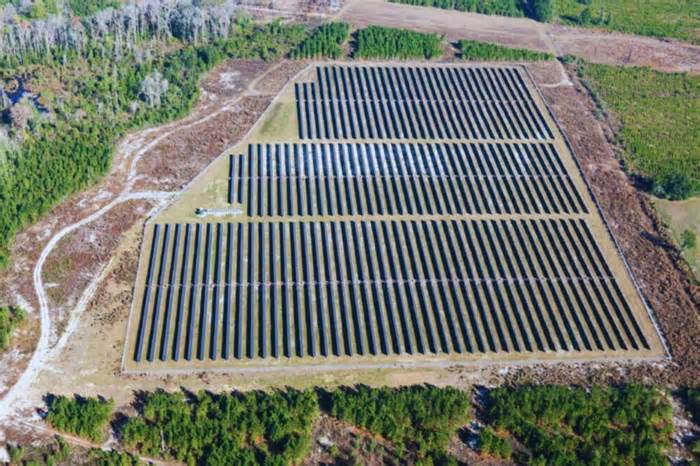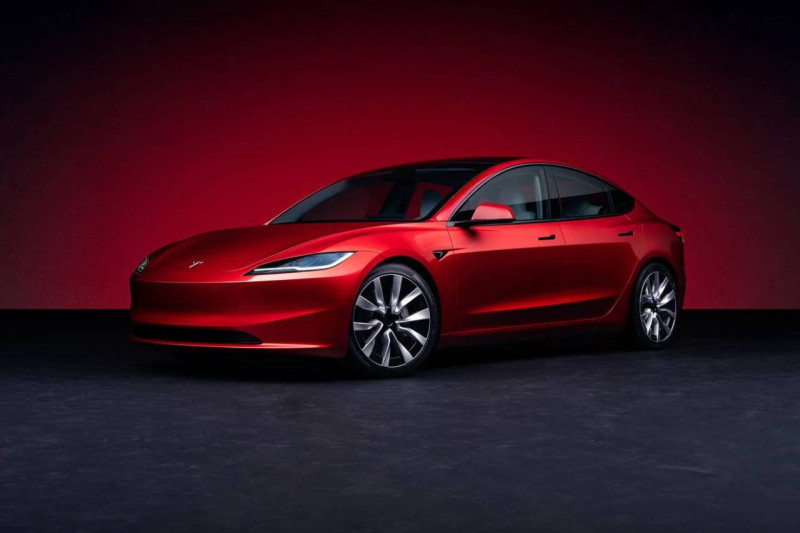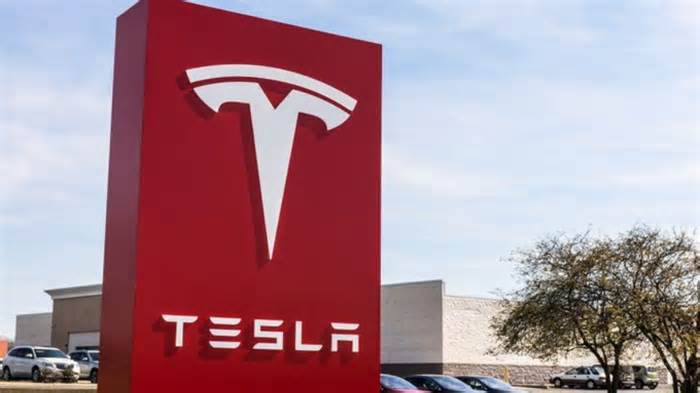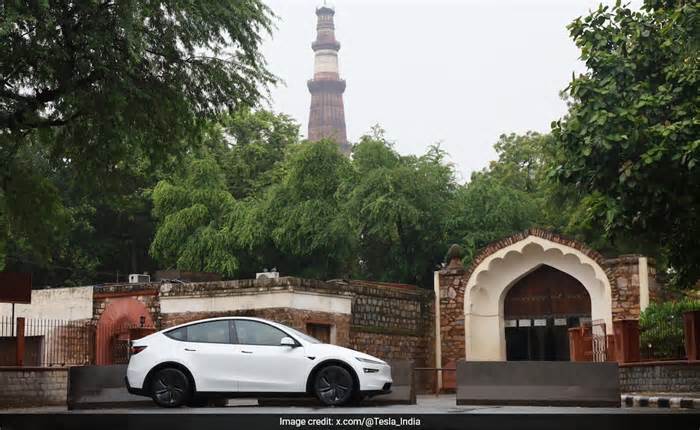
Square peg in a round hole: The real issue with grid stability isn’t renewables
- by Renewable Energy World
- Jul 30, 2025
- 0 Comments
- 0 Likes Flag 0 Of 5

Image Credit: Blackhillock energy storage site in Scotland, UK © Zenobē Energy Ltd.
Contributed by Ruchira Shah, General Manager, Software Product Management, Wärtsilä Energy Storage
At 12:33 p.m. CET, on April 28, the lights went out across the Iberian Peninsula. The wide-scale event marked Europe’s largest blackout in over 20 years. Within less than 30 seconds of the first generator tripping offline, about 55 million people lost power—and stayed disconnected from the grid for up to 12 hours.
Grid failures like this one experienced in Spain and Portugal are dangerous—and they’re not an isolated glitch. Such events offer a glimpse into the fragility of the systems we depend on to power modern life. When the lights go out, hospitals, public services, transportation infrastructure, payment systems, communication channels, and other essentials are cut off. The internet goes down. Traffic lights go out. Elevators stall.
On-demand electricity powers our world. It’s a system built to meet peak demand—but today, the grid is under stress as climate change, a shifting energy mix, and emerging technologies like AI introduce new challenges.
The Grid’s Complex Dance was Built for Fossil Fuels
The grid is designed so that the supply of energy must equal demand at every moment. A few seconds of mismatch can send massive shockwaves throughout the system, as we saw in Spain and Portugal. Every time you flick a light switch, turn on the microwave, or plug in your car, the grid responds to that change in demand. When the system is working, we don’t notice the grid’s delicate call and response dance, but don’t be mistaken—it’s extremely complex.
Since the Spain-Portugal blackout, much of the focus has been on the high penetration of renewables in Spain that day (around 70% of electricity production), and whether wind and solar played a role in the grid’s instability. Here is the reality: renewables are not the problem. The grid is.
Our grid is built around the strengths and weaknesses of conventional fossil fuels. As we move toward a net-zero world, grid operators must develop the grid of the future: one not built around fossil fuels, but built around renewable resources.
Synthetic Inertia is a Seatbelt for the Grid of the Future
A key piece of the puzzle to ensure that the supply of energy equals demand is inertia, the law that an object in motion tends to stay in motion. Conventional fossil fuel and nuclear plants use spinning turbines to produce power. Those spinning turbines are sources of stored kinetic power that can be tapped in moments of grid volatility; they steady the system when something goes wrong. When a plant trips offline, the remaining plants in the grid can increase their contribution by using this stored power for a few seconds. This is extremely important because fossil fuel plants are also relatively slow—those extra seconds are critical to allow them to ramp up their power. Consequently, inertia can be thought of as a seatbelt for the grid. It absorbs the shock when the grid hits a bump in the road.
By contrast, inverter-based resources, including renewables and batteries, do not naturally provide this inertial response to the grid. Even wind power, which uses spinning turbines, provides power to the grid via an inverter, which means that there isn’t an inherent inertial response. However, while fossil fuels are slow, inverters are extremely fast. Battery storage, in particular, is lightning fast—able to respond to grid fluctuations in under 250 milliseconds. This means that while batteries don’t provide natural inertia, they can provide what is called “synthetic inertia,” replacing the natural inertia of fossil fuels by responding quickly to a grid disturbance with an injection of power.
The challenge for grid operators is adapting to these new types of generation. Batteries and renewables can provide synthetic inertia, but they need to be equipped with grid-forming inverters and sophisticated grid management software—all of which adds cost to a project. To incentivize renewable and storage asset owners to provide synthetic inertia to the grid, governments and regulators need to create a market mechanism to compensate asset owners. Synthetic inertia benefits the entire grid, but without a clear revenue stream, few will invest in the technologies required to deliver grid-forming inverters and advanced controls. Some countries are starting to recognize and address this imbalance. The UK and Australia, for example, are leaders in this space and will pave the way for other major markets to reward asset owners.
The UK Paves the Way for a Future-Proofed Grid
The UK, especially, is a frontrunner in the BESS industry, with ambitious goals to reach 23-27 GW of battery storage by 2030, up from 4.5 GW installed in December 2024. The country is also looking ahead to continually advance its grid with stability services. In 2022, the UK’s National Grid contracted for synthetic inertia with five different battery energy storage facilities through its Pathfinder 2 program. This program serves as a global model for how storage can serve as a critical lynchpin for decarbonization goals, grid stability, and a secure power system for the UK and across the world. The first of these five systems is already in operation and provided by Wärtsilä.
Where the UK goes, other systems will likely soon follow, creating a new revenue opportunity for battery storage along with increased protection from destabilizing events like blackouts. But there is still more work to be done. As we look ahead toward the potential for summer heat waves, a disruptive hurricane and monsoon season, other extreme weather events, and increased plans for renewable energy capacity, our grids will continue to be tested.
We can’t afford to keep patching yesterday’s grid. We need one that’s built for the energy sources of today and tomorrow. Synthetic inertia is a crucial part of the solution. The Spain-Portugal blackout should serve as a wake-up call, not just for Europe, but for every country navigating the energy transition and wanting to keep the grid reliable.
Now is the time to modernize the policies, markets, and incentives that shape how today’s power systems operate. The technologies exist. The need is urgent. If we want clean energy to succeed at scale, we must build a grid that’s ready for it.
About the author
Ruchira Shah is General Manager of Software Product Management at Wärtsilä Energy Storage, focused on intelligent optimization, control, and monitoring of energy storage assets. She has ten years of experience in the battery storage space, including product management, proposal management, and business operations. Prior to joining Wärtsilä, Ruchi was Director of Product Management at Hanwha QCells/Geli. She has also held product management roles at Tesla and Sunlink. Ruchira holds a master’s degree in social policy from The London School of Economics.
Please first to comment
Related Post
Stay Connected
Tweets by elonmuskTo get the latest tweets please make sure you are logged in on X on this browser.






 Energy
Energy


















